Best Shoes for Foot Drop
Solutions for Sufferers of Foot Drop

Medically reviewed by
Dr. Obianuju Helen Okoye, MD
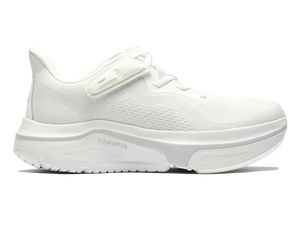

What is Foot Drop?
Foot drop is a neuromuscular disorder that affects an individual's ability to lift the front part of the foot. It's typically a symptom of an underlying problem, rather than a disease itself.
The condition is characterized by difficulty or inability to raise the toes or point the foot upward. This can lead to a distinctive way of walking where individuals lift their knee higher than usual, often described as "steppage gait," to prevent the foot from dragging on the ground.
Roughly 75% of Americans will deal with foot problems at some stage in their lives, and many are unfamiliar with the concept of foot drop.
So what are the most prevalent symptoms to look out for?
Exercises for foot drop
Dealing with foot drop doesn't just stop at braces or therapy - there are some exercises you can do at home to help strengthen your muscles and improve flexibility.
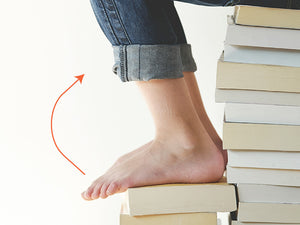
Ankle Dorsiflexion
Sit in a chair and stretch your legs out in front of you. Now, try to pull your toes up towards you while keeping your knee straight. You should feel the stretch in the back of your leg. This helps strengthen the muscles that lift the foot.
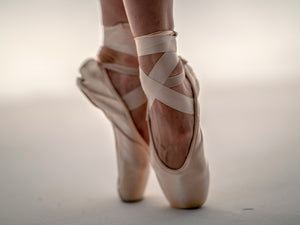
Toe Taps
While sitting or standing, simply tap your toes on the ground like you're tapping along to a song. It's a simple exercise, but it can really help with foot movement.
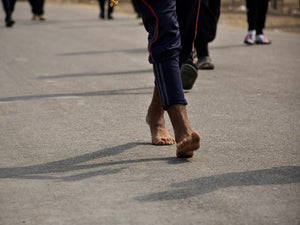
Heel Walks
For this one, you'll need to stand up. Lift your toes off the ground and walk around on your heels. This strengthens the muscles around your ankles and helps with balance.
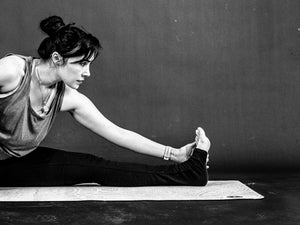
Towel Stretch
Sit on the floor with your legs stretched out. Place a towel around the bottom of your foot and gently pull towards you, keeping your knee straight. This is great for keeping your calf muscles flexible.

Marble Pickup
A bit of a fun one – place a bunch of marbles on the floor, and use your toes to pick them up and place them in a cup. This helps with toe flexibility and strength.
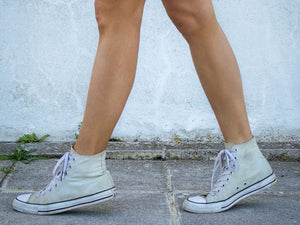
Calf Raises
Stand up straight and rise onto your tiptoes, then lower back down. This strengthens the calf muscles, which are important for stabilizing your ankle.
Features of foot drop footwear
Footwear designed for individuals with foot drop has specific features to help improve mobility, comfort, and safety. These features are tailored to address the unique challenges posed by the condition. Here's what to look for in foot drop footwear:

Ankle Support
Shoes should provide robust ankle support to stabilize the foot and prevent excessive movement, reducing the risk of sprains or falls.
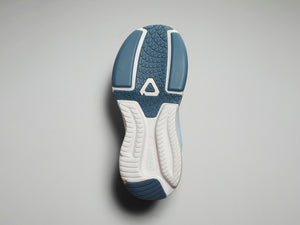
Stiff Soles
A stiffer sole can help in compensating for the weakened dorsiflexion of the foot. It prevents the shoe from bending too much, making it easier to walk without tripping.
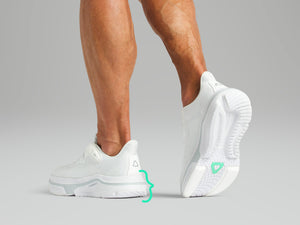
Low Heels
A lower heel height is ideal, as it places less strain on the leg muscles and makes it easier to walk. High heels or uneven soles can exacerbate the difficulties in walking.
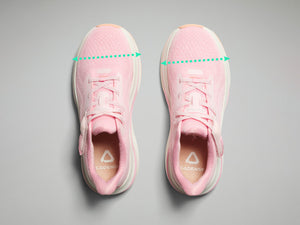
Wide Toe Box
A wider toe box provides more room and comfort for the toes, reducing pressure points and accommodating any swelling.

Lightweight Design
Lightweight shoes reduce the effort required to lift the foot, making walking less fatiguing.
Frequently Asked Questions
Can Foot Drop Lead to Other Health Issues?
Yes, if not managed properly, foot drop can lead to trips and falls, muscle fatigue, and joint pain due to the abnormal walking pattern it creates.
How Can I Improve Walking with Foot Drop?
Using supportive footwear, engaging in physical therapy, and possibly using orthotic devices can significantly improve walking.
Can Exercises Help with Foot Drop?
Yes, specific exercises to strengthen the leg muscles and improve range of motion can be beneficial.
Do I Need Special Shoes for Foot Drop?
Footwear with certain features like stiff soles, ankle support, and room for orthotics can be very helpful.
Should I See a Doctor for Foot Drop?
Yes, it's important to see a healthcare professional for a proper diagnosis and treatment plan, especially to identify any underlying conditions that may be causing foot drop.

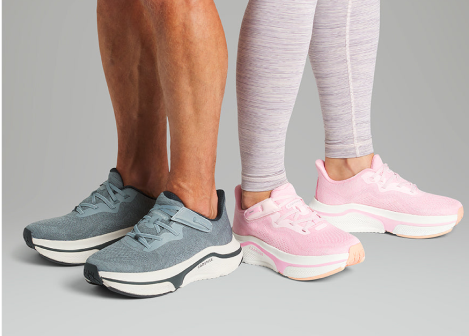
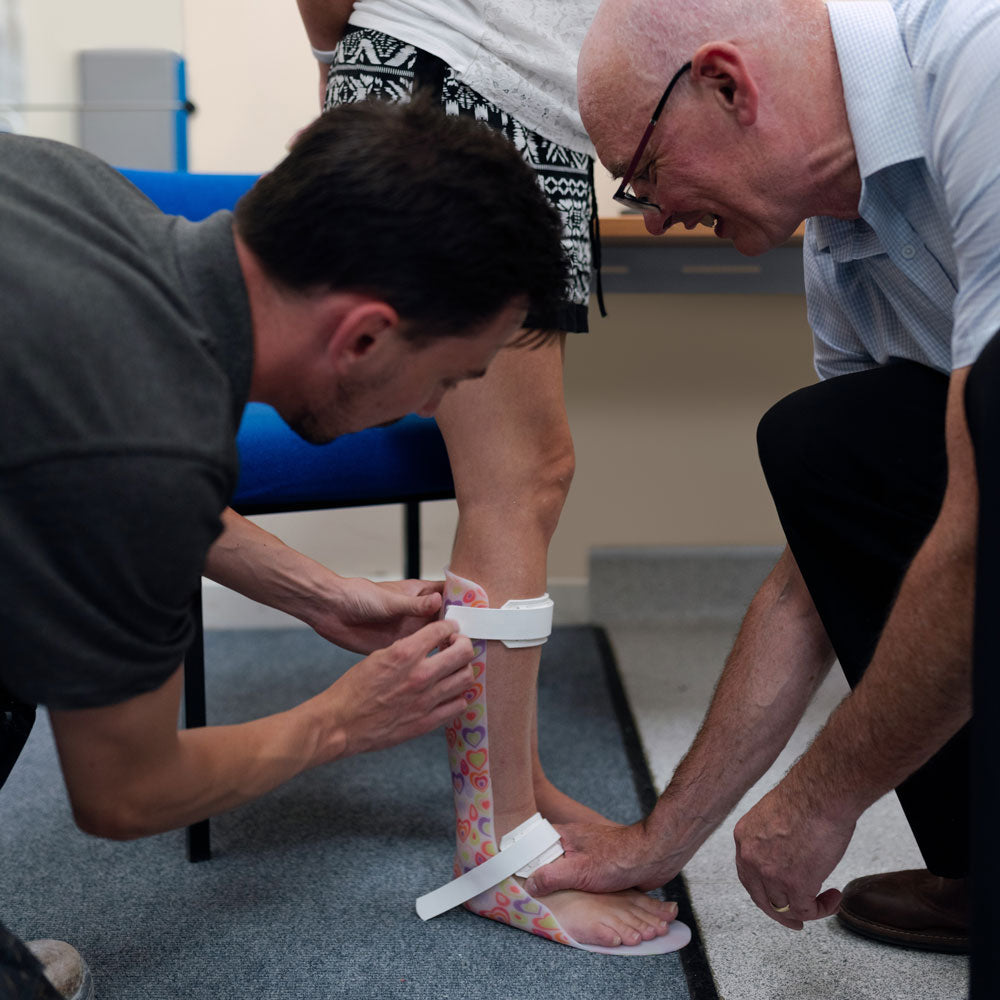


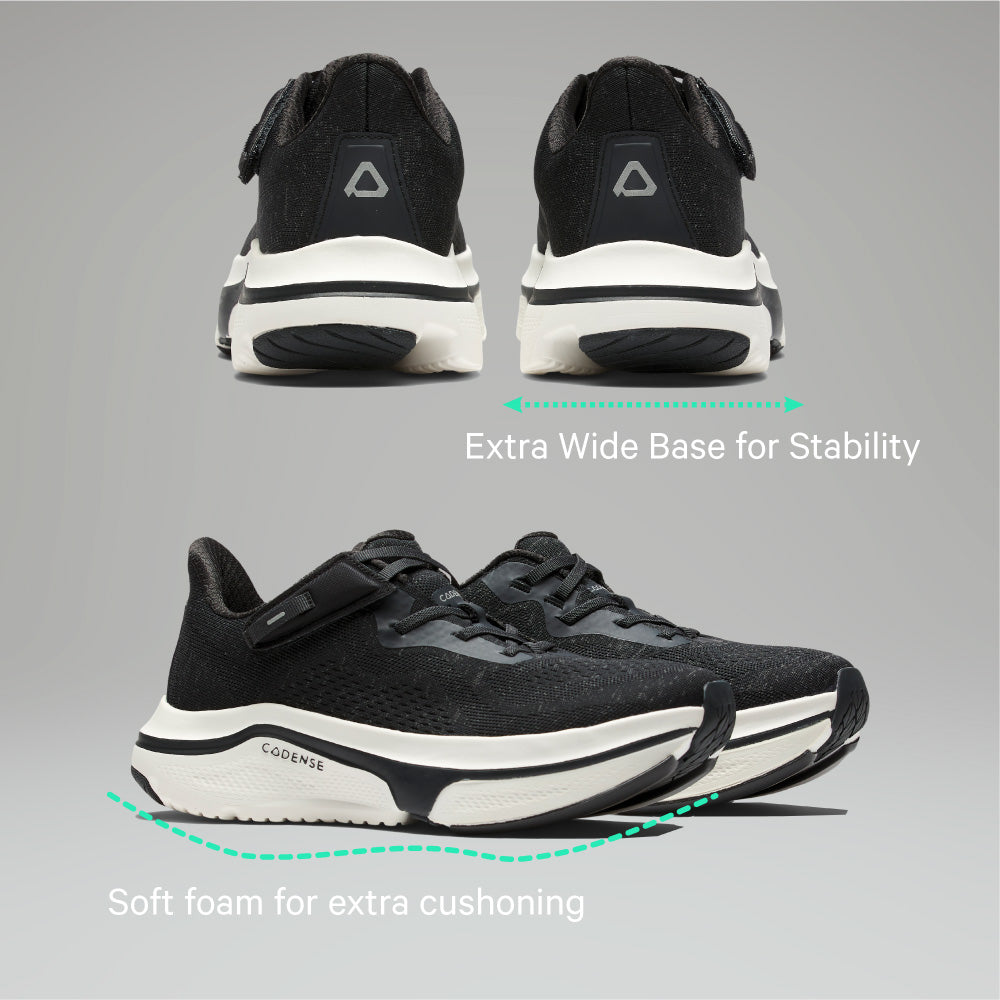
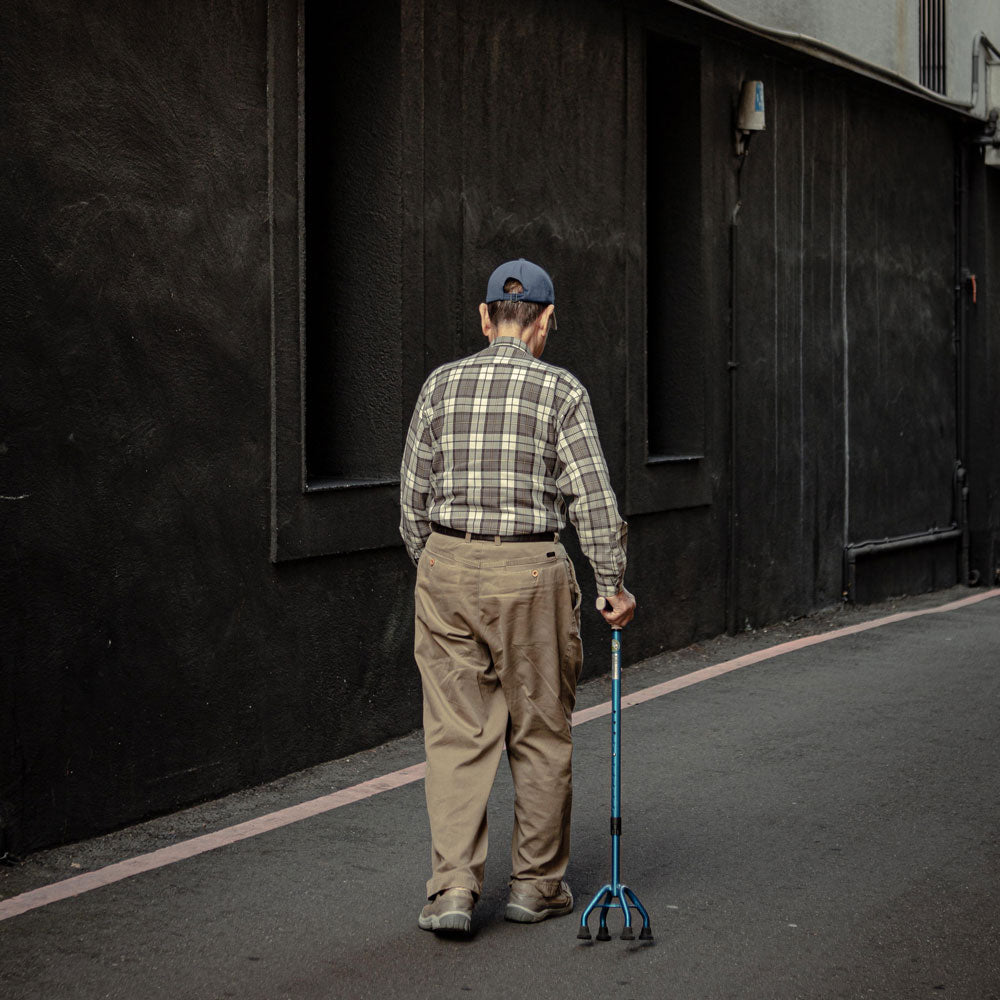
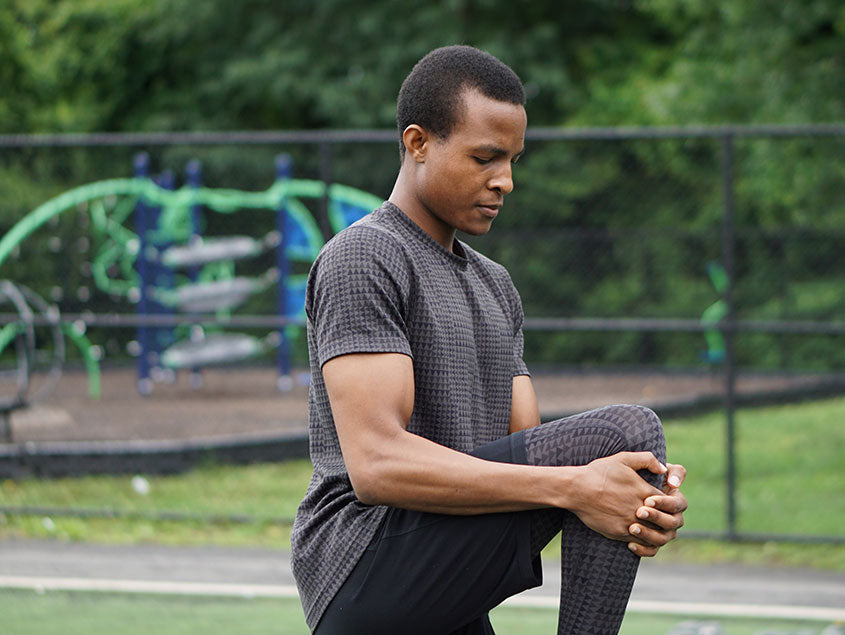
![[color: white] Original Women's Adaptive Shoe](http://cadense.com/cdn/shop/files/CadenseOriginalWomensWhite-001.jpg?crop=center&height=300&v=1694622872&width=300)
![[color: black] Original Women's Adaptive Shoe](http://cadense.com/cdn/shop/files/CadenseOriginalWomensBlack-001.jpg?crop=center&height=300&v=1698770194&width=300)
![[color: light blue] Original Women's Adaptive Shoe](http://cadense.com/cdn/shop/files/CadenseOriginalWomensLightBlue-001.jpg?crop=center&height=300&v=1698770194&width=300)
![[color: pink] Original Women's Adaptive Shoe](http://cadense.com/cdn/shop/files/CadenseOriginalWomensPink-001.jpg?crop=center&height=300&v=1698770194&width=300)
![[color: black] Original Men's Adaptive Shoe](http://cadense.com/cdn/shop/files/CadenseOriginalMensBlack-001.jpg?crop=center&height=300&v=1694621753&width=300)
![[color: slate] Original Men's Adaptive Shoe](http://cadense.com/cdn/shop/files/CadenseOriginalMensSlate-001.jpg?crop=center&height=300&v=1698770277&width=300)
![[color: white] Original Men's Adaptive Shoe](http://cadense.com/cdn/shop/files/CadenseOriginalMensWhite-001.jpg?crop=center&height=300&v=1698770277&width=300)